Compassion began to minister in the Dominican Republic around the year 1970. At present, we are working with a total of 168 implementing church partners and an equal number of child development centers.
Out of these development centers, Betel Student Center in the municipality of Consuelo in the eastern province of San Pedro de Macoris is one of the most recently opened centers with 69 sponsored children.
Recently, only 25 children at this center were sponsored. But the staff were amazed to see God’s provision of new sponsors for their children who live in the community of Barrio George.
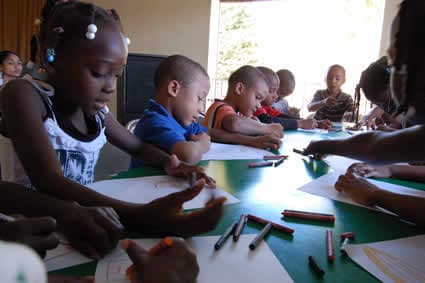
Barrio George took its name from Hurricane Georges, which hit the Island of Hispaniola in 1998 and left many dead and thousands of people homeless.
Many of the development center children and their families were among the homeless after this hurricane. A number of unfinished apartments, which were midway through construction, were provided to temporarily shelter these families.
Poverty still affects the families, especially the children. This is why the Biblical Christian Church in Consuelo asked us to partner with them to start a child development center in this locality.
Now, whenever the people in Barrio George see the development center secretary, Raida, or the director, Patricia, in the streets they ask if their children have been sponsored yet.
At church, people ask for prayer that their children will be sponsored. Whenever a child receives a sponsor, they give thanks to the Lord for His provision.
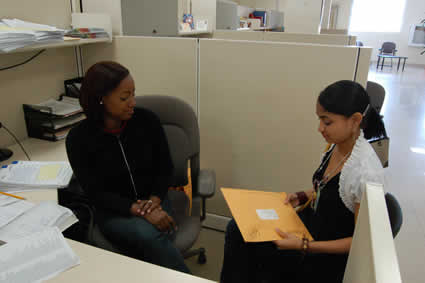
Consuelo’s economy used to be based on the cultivation of sugar cane, but the industry deteriorated and closed in the 1990s, leaving many people unemployed. The community in which Raida and Patricia live has very few work sources; most men working locally are motorcycle-taxi drivers or vegetable-market vendors, while women wash and iron other people’s clothes for pay.
Other people work at the free-zone industries in San Pedro or move to the tourist city of Bavaro for jobs. These people must leave their children with a grandmother or an aunt. Formal jobs are rare for school teachers, city hall workers or government ministry workers.
In the community of Barrio George, children learn to read and write around the age of 8, which is why many sponsored children don’t normally write introductory letters themselves.
The Letter-writing Process
The letter-writing process starts in the country office, where a Sponsor and Donor Service associate receives the request for new-assignment letters through the Correspondence Tracking Application computer system. Through this system the field office learns that a new sponsor has been found for a child in the Dominican Republic.
Each Sponsor and Donor Service associate works with an average of 43 child development centers. The associate prints a list of requests for new-assignment letters for each child development center. Every Thursday, these and other documents are sent by courier to the centers. In the capital city, centers usually send a staff member to pick up their documents personally.
At the child development center, the secretary opens the documents and sorts the content. The request for new-assignment letters lets the secretary know which children have been newly sponsored. These children are called from their classrooms and given the good news — and encouraged to write an introductory letter to their new sponsor.
Typically, the secretary interviews the child to begin the letter-writing process. Some of the secretary’s common interview questions are about facts she already knows, such as the child’s family, with whom they live, if they are enjoying good health, their school grade, what they like to do, what they like to play, if they pray, if they want to ask a question of their sponsors, if they want their sponsors to pray for something specific, and so on.
From the child’s answers, the secretary drafts a letter in a notebook that is saved in the child’s office file.
When a child doesn’t yet know how to write, the secretary copies the letter from the child’s notebook onto the letter stationery, which is ultimately sent to the sponsor. Usually, the child signs the letter either with his or her name or a written mark, or by marking the letter with a fingerprint.
Often, the child will include a drawing, which is attached to the introductory letter.
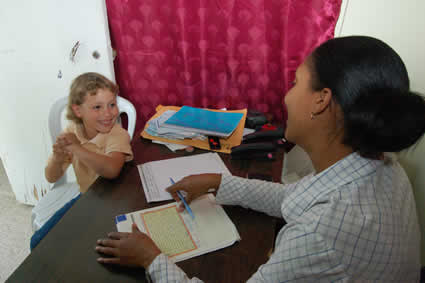
If the child is able to write, he or she transcribes the letter content from the notebook onto the letter stationery.
In the case of an older child with more writing experience (usually about the age of 12), the child writes the original letter in his or her notebook and the secretary checks for corrections. Then the child writes the actual letter on the stationery that is to be sent to the sponsor.
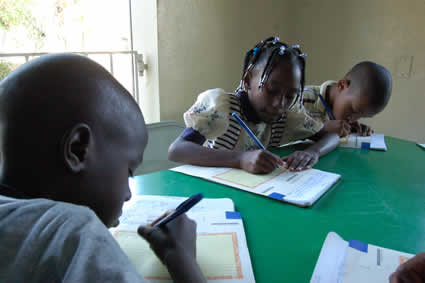
After children have written to their sponsors, the letters are sent to the country office and received at the Documentation Reception and Distribution Center, where each piece of information is verified and registered. Then the children’s letters are forwarded to the corresponding Sponsor and Donor Service associates, who scan the bar code on each letter to verify that they have been received from the field.
The next step is translation. Sponsor and Donor Services pass the letter to the Translation associate, who calls the translators so they can pick up letters for translation.
Every translator is given seven days to complete a package of letters. Usually translators receive a new package of letters as they return the one they’ve just translated.

Letters then go back to their corresponding Sponsor and Donor Service associates, who prepare the letters for mailing to their destination countries. From the beginning to the end, the time needed to have child introductory letters written and shipped averages 15 days.


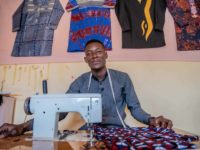




6 Comments |Add a comment
I want to sponsor a child but, according to http://www.msnbc.msn.com/id/44171347/ns/us_news-life/ 1 in every 5 children in United States is living in poverty, so why we don’t see any American child listed?
With the economical situation our country is facing, why to send money to another countries? Birth control is in some how part of your plans?
I just read John Simon’s Requiem for the Longhand Missive, and though I would like to respond to him by personal letter, I’m doing it by blog post. I would do it by hand, but his postal address is not posted on his blog page, and if I were to write a handwritten letter, I wouldn’t be able to share his post (and my response) with you.
This is a great article. I wonder if we could find some sponsors, by including a link in the article which would redirect to a webpage, where people can choose to sponsor a child in that center…. Maybe too much work, but it might be worth it…..
I saw some pics of the new letter templates for the little kids over on OurCompassion.com. I LOVE THEM! I think they are fantastic. I really think they’re going to help both the kids and the adults who assist in the letter writing process. Not to mention give the letter recipients a better variety of information.
I love how Compassion is always striving to be innovative and improve and all aspects of the sponsor/child experience.
We sponsor a girl from Brazil and is so nice to receive letters from her and to write back, so we get to know our child trough this special way or comunication. Compassion International is a great organization to help thouse children in need around the world.
I love receiving letters from my sponsor child. She’s in the DR, and I treasure every correspondence I get. I have a notebook I’ve saved all her letters and drawings in, so I can look over them and show them to my friends. 🙂
Thanks for all your help and support in the process!